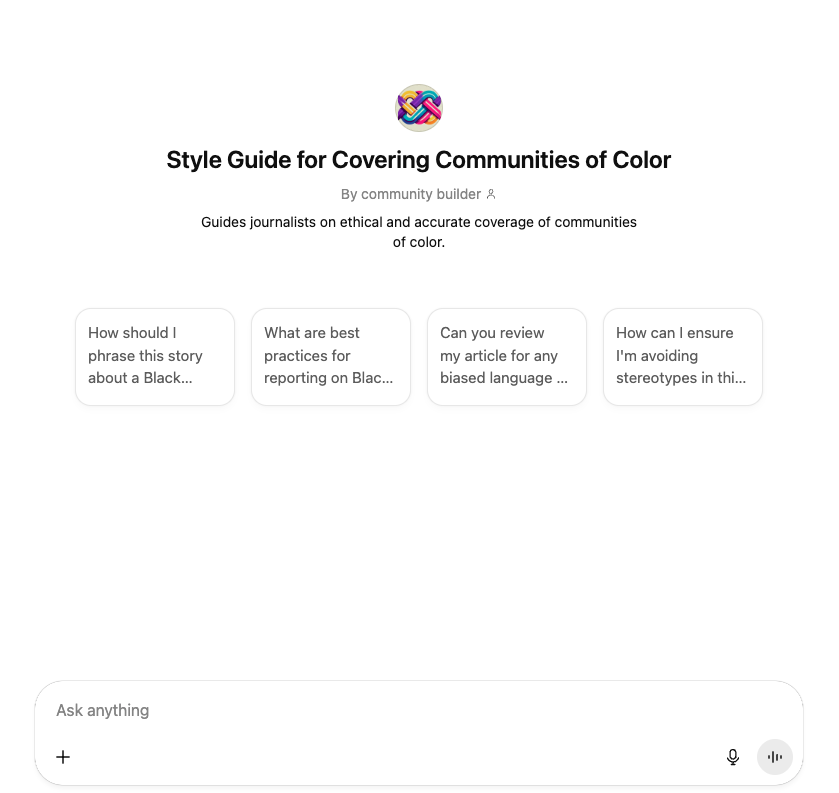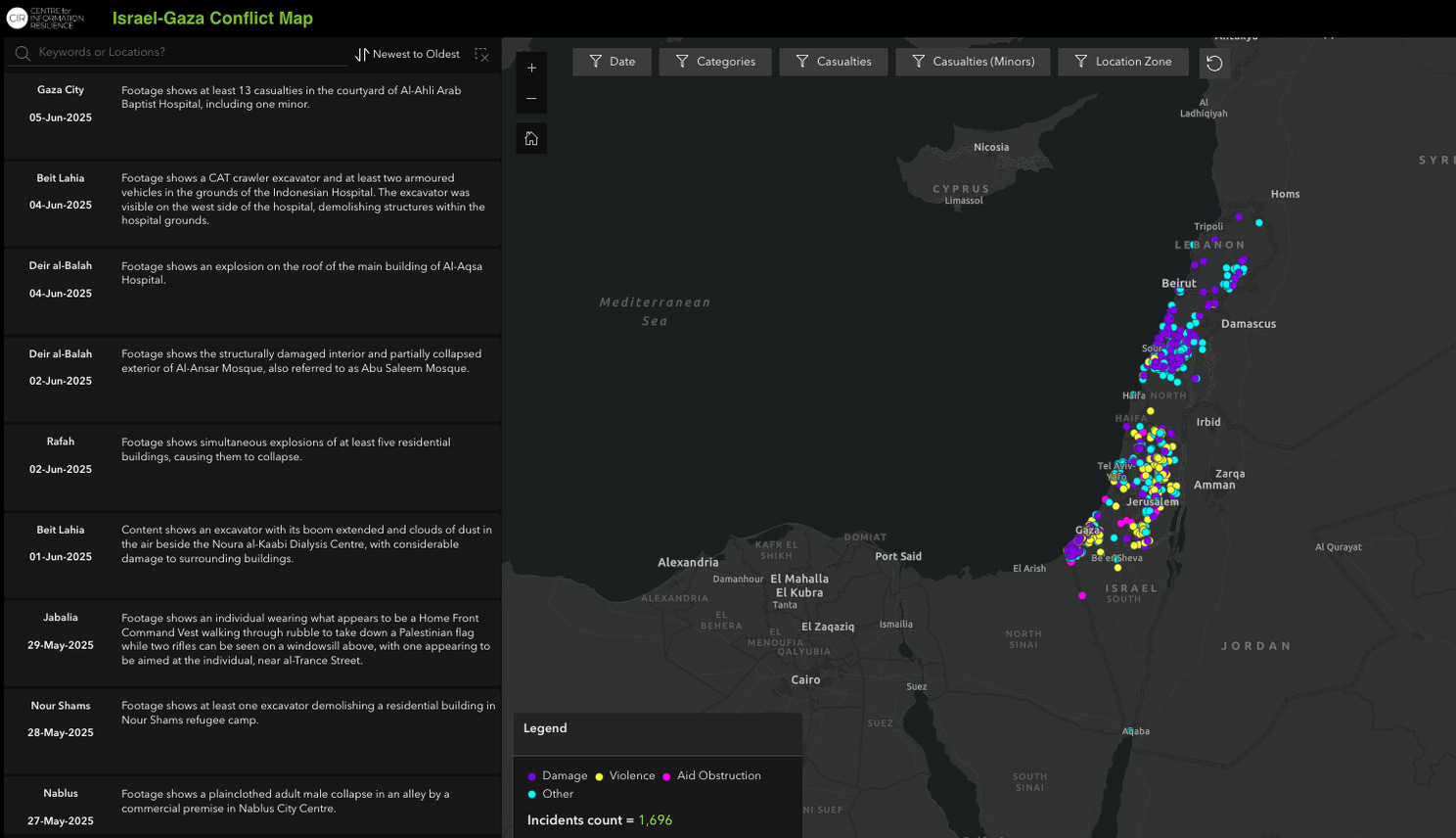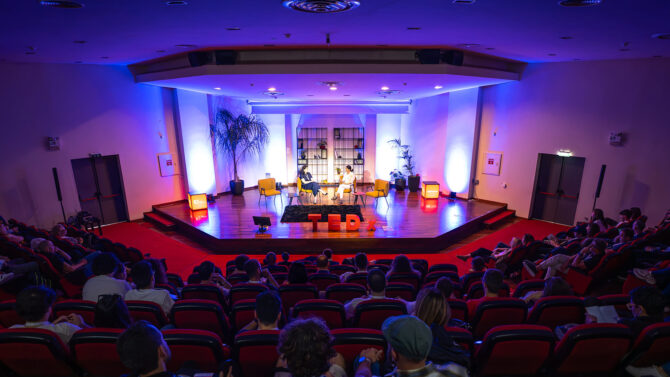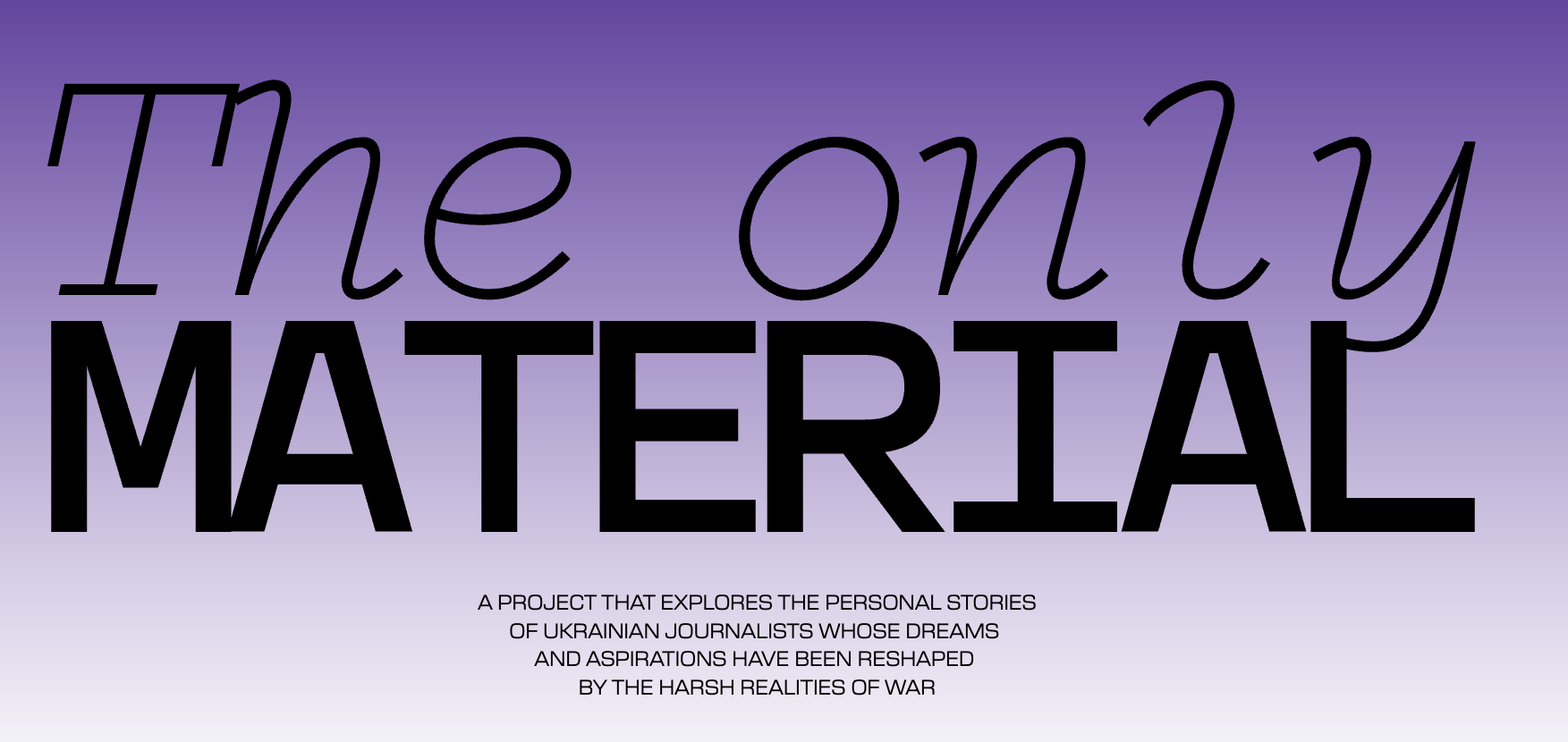iMEdD’s monthly source sharing tools and insights, tailored for all journalists’ needs.
This column has been a monthly newsletter on iMEdD’s LinkedIn.
You can subscribe and find all past issues here.
A bit of a mixed bag this month — from how we tell stories to how we investigate what’s behind them. There are new tools for translation, resources for digging into online reviews, and a few projects that caught my eye along the way. Hopefully, there’s something in here you’ll find useful, or at least worth bookmarking.
If you’re new here: every month we pull together tools, research, and ideas for journalists wearing many hats — reporters, editors, investigators, creators — with a focus on things you can put to use or simply explore.
And as always, if something stands out, feel free to drop us a note — we’d love to hear what’s on your radar too.
Reuters Institute Digital News Report 2025: a media ecosystem in flux

AI chatbots and influencers are reshaping global news habits, as trust in traditional outlets continues to decline.
Up Your Sleeve
(Tools and tricks you can put to work right away)
10 formats that outperform the article in news apps
Ιn most news apps, the article is still treated as the core product—but it’s no longer where attention naturally flows. Today’s audiences move through mobile feeds quickly; attention doesn’t scroll or read unless it’s made to care.
👉 In this LinkedIn post, Heiko Scherer shares formats that often outperform articles in usage and retention.
Style guide for covering communities of color
The Pivot Fund has uploaded diversity style guides from leading journalism groups into ChatGPT, making it easier for journalists to access guidance on covering communities of color. A practical resource to have on hand when working through language and coverage choices
👉 Explore more

How to investigate online reviews
Online reviews can be a goldmine — or completely fake. Some estimates say up to 40% of reviews aren’t real, often posted by fake accounts or people paid to leave positive feedback. In this new guide, Craig Silverman walks through how to analyze reviews, spot red flags, and investigate suspicious patterns across platforms. It’s part of Indicator’s #OSINT resource library for members.
👉 Read more
A handy tool for translating videos
Recently I came across Talecast — a tool that uses AI to translate videos into 100+ languages with synced subtitles, dubbing, and even lip-sync. It also lets you clone voices, tweak subtitles, and remove watermarks, while aiming to preserve cultural context. Could be useful for anyone looking to adapt video content for global audiences.
👉Take a look
Behind the Headlines
(Research, explainers & deeper context to help you connect the dots)
What journalists can learn from news creators
As more people turn to social media and content creators for news, how can journalists adapt? In the latest episode of #Backlight (from Lighthouse Reports), Tessa Pang and Beatriz Ramalho da Silva talk with Johanna Rüdiger, Johnny Harris, and Adam Cole from Howtown—three journalists blending deep research with creative storytelling to make news more accessible and audience-first.
👉 Listen here
Mapping verified incidents in Gaza and beyond
Over the past 20 months, the Centre for Information Resilience has verified footage of nearly 1,700 incidents across Gaza, the West Bank, Lebanon, and Israel to better understand what’s been happening on the ground. Just over 50 of these cases document obstruction to aid. The full map brings together geolocated and chronolocated footage from social media, each pin often representing multiple verified clips showing where, when, and what took place.
👉 Explore the map

What technology leaves out of the picture
Tactical Tech’s new series digs into the uncomfortable realities of our digital world—surveillance, information disorder, extractivism, and the hidden labor behind AI. Written by Safa Ghnaim, Louise Hisayasu, Dominika Knoblochová, Christy Lange and others, the essays unpack how technology amplifies systemic inequalities and raises urgent ethical questions.
👉 Read the full series
How Young Audiences Are Reshaping the News

At TEDx Patras, Mitali Mukherjee highlighted the disconnect between news outlets and young audiences, urging efforts to rebuild trust.
Community Spotlight
(New voices, bold experiments, and big ideas from the field)
Fellowships open for GIJC 2025
iMEdD is offering fellowships for journalists based in Greece to attend the Global Investigative Journalism Conference 2025 (#GIJC25), taking place this November in Kuala Lumpur. Organized by Global Investigative Journalism Network, the conference brings together investigative and data journalists from over 100 countries, with workshops on cross-border reporting, online investigations, AI tools, and more. Five fellowships covering travel, accommodation, and full conference registration are available for journalists working in or for Greek media.
👉 Apply here
The Only Material: Ukrainian journalists in times of war
The European Centre for Press and Media Freedom (ECPMF) invites you to The Only Material, an exhibition sharing the stories of Ukrainian journalists whose work and lives have been reshaped by war. Through photos and testimony, it captures how reporters once focused on science, justice, or the environment now document conflict and resilience. Opening: 26 June 2025, Museum fur Kommunikation Berlin.
👉 Register here

AI lab to support small newsrooms
How can smaller newsrooms make the most of AI? Hacks/Hackers is launching the Newsroom AI Lab, helping local journalists explore and build AI tools that fit their needs—with hands-on support from expert advisors like Paige Moody and Jake Kara.The year-long program will guide teams through real projects while building long-term skills to use AI responsibly and effectively.
👉 Find out more
An opportunity worth noting
The 2025–2026 SNF Global Center Communicator Fellowship by the Child Mind Institute supports impactful storytelling around child and adolescent mental health—with a $100,000 grant and a two-year runway for a project led by a communicator, journalist, or creator based in Brazil, Greece, South Africa, or an eligible low-/middle-income country. Applications are open until July 31, 2025.
👉 Check it out
Let’s Chat!
Got a tool, idea, or topic you’d like to see in the next edition? Or just want to share what stood out for you?
📩 Email us your ideas at [email protected].
Until next time…

